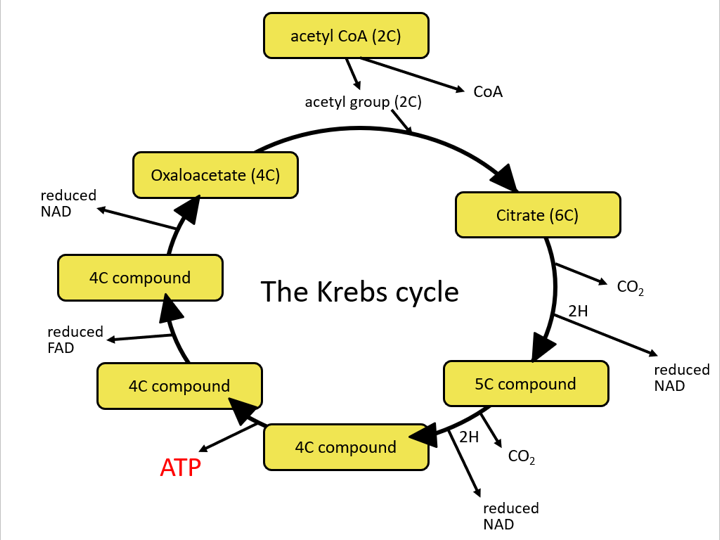Resources included (16)

Chromatography & chloroplast pigments

Chloroplast pigments (CIE A-level bio)

Limiting factors of photosynthesis (CIE)

Calvin cycle intermediates (CIE)

The Calvin cycle (CIE A-level Biology)

Light-dependent stage & photophosphorylation (CIE)

The chloroplast & photosynthesis (CIE)

Energy, phosphorylation and ATP (CIE A-level Biology)

Respiratory substrates and quotient (CIE International A-level Biology)

The roles of COENZYMES in respiration (CIE International A-level Biology)

Anaerobic respiration (CIE International A-level Biology)

Oxidative phosphorylation (CIE International A-level Biology)

Krebs cycle (CIE International A-level Biology)

Link reaction (CIE International A-level Biology)

Glycolysis (CIE International A-level Biology)

Stages of aerobic respiration and the mitochondrion (CIE International A-level Biology)
Respiration and photosynthesis are two of the most commonly-assessed topics in the terminal A-level exams but are often poorly understood by students. These 16lessons have been intricately planned to contain a wide range of activities that will engage and motivate the students whilst covering the key detail to try to deepen their understanding and includes exam-style questions so they are fully prepared for these assessments.
The following specification points in topics 12 and 13 of the CIE A-level Biology course are covered by these lessons:
- The need for energy in living organisms
- The features of ATP
- The synthesis of ATP by substrate-level phosphorylation in glycolysis and the Krebs cycle
- The roles of the coenzymes in respiration
- The synthesis of ATP through the electron transport chain in the mitochondria and chloroplasts
- The relative energy values of carbohydrates, lipids and proteins as respiratory substrates
- Determining the respiratory quotient from equations for respiration
- The four stages of aerobic respiration
- An outline of glycolysis
- When oxygen is available, pyruvate is converted into acetyl CoA in the link reaction
- The steps of the Krebs cycle
- Oxidative phosphorylation
- The relationship between the structure and function of the mitochondrion
- Distinguish between aerobic and anaerobic respiration in mammalian tissue and in yeast cells
- Anaerobic respiration generates a small yield of ATP and builds up an oxygen debt
- The products of the light-dependent stage are used in the Calvin cycle
- The structure of a chloroplast and the sites of the light-dependent and light-independent stages of photosynthesis
- The role of the chloroplast pigments
- Absorption and action spectra
- Using chromatography to separate the chloroplast pigments
- The light-dependent stage of photosynthesis
- The three stages of the Calvin cycle
- The conversion of Calvin cycle intermediates to carbohydrates, lipids and amino acids
- Explain the term limiting factor in relation to photosynthesis
- Explain the effects of changes in light intensity, carbon dioxide concentration and temperature on the rate of photosynthesis
- Explain how an understanding of limiting factors is used to increase crop yields in protected environments
Due to the detail of these lessons, it is estimated that it will take up to 2 months of allocated A-level teaching time to cover the detail included in the slides of these lessons
If you would like to sample the quality of the lessons, download the roles of the coenzymes, the Krebs cycle and the products of the Calvin cycle lessons as these have been shared for free
Something went wrong, please try again later.
This resource hasn't been reviewed yet
To ensure quality for our reviews, only customers who have purchased this resource can review it
Report this resourceto let us know if it violates our terms and conditions.
Our customer service team will review your report and will be in touch.
